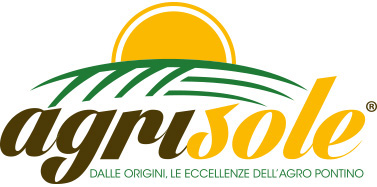
The use of new technologies and new structures for the production of agretti, tomatoes and vegetables allows us to optimise the different variables of production:
• Light (our greenhouses with their gothic shape consent the greatest penetration of light)
• Volume (we obtain a greater volume of production for each covered square metre)
• Isolation (more isolation means reduced costs of energy)
• Ventilation (a more stable and controllable climate thanks to the windows on the roof)
All this is possible thanks to the ability to efficiently program and manage the resources to obtain the product, with an increasing quality and productivity.
Agrisole uses bumblebees as a natural method of pollination and production of tomatoes. These insects, belonging to the family of bees, like them harvest nectar and pollen for their own nutrition and are used in agriculture to pollinate many fruit and vegetable plants. What makes this species even more important is that often they are the only insects able to efficiently pollinate some specific plants like tomatoes. Moreover, bumblebees are very sensitive to insecticides, so they only work in cultivations where the use of chemicals is low, as in our case. Where it is possible, we do our best to use traditional cultivation methods, optimising agronomic factors like the pollination with bumblebees.
Agrisole, always sensitive to new production technologies, chose the hydroponic farming, a cultivation with no soil, for how it concerns parts of tomatoes production. With this technology it is possible to reduce the use of fungicides and to increase productivity.
The little plants are bedded out in a perlite compost and nourished by a properly realised irrigation system which supplies fertigation, releasing nutritional elements according to the plants’ needs, and checking the electrical conductivity and the pH (water alkalinity and acidity).
The advantage of this kind of cultivation is that the plants grow into a totally controlled environment, without insects or other kinds of pathogenic attacks, reducing treatments and optimising them. The results are an increase of the productivity and a reduction of the residues.
This kind of cultivation covers a strategic role in the field of vegetables production because it allows to solve some of the biggest problems:
• Competition on globalised markets
• Need to reduce the production costs and to increase the products quality
• Reduction of environmental pollution
• Reduction of resources such as water, work and energy